What Was the Blitzkrieg? Auftragstaktik Beyond Warfare
“Lightning war” and how businesses found inspiration in management principles that originated from Blitzkrieg
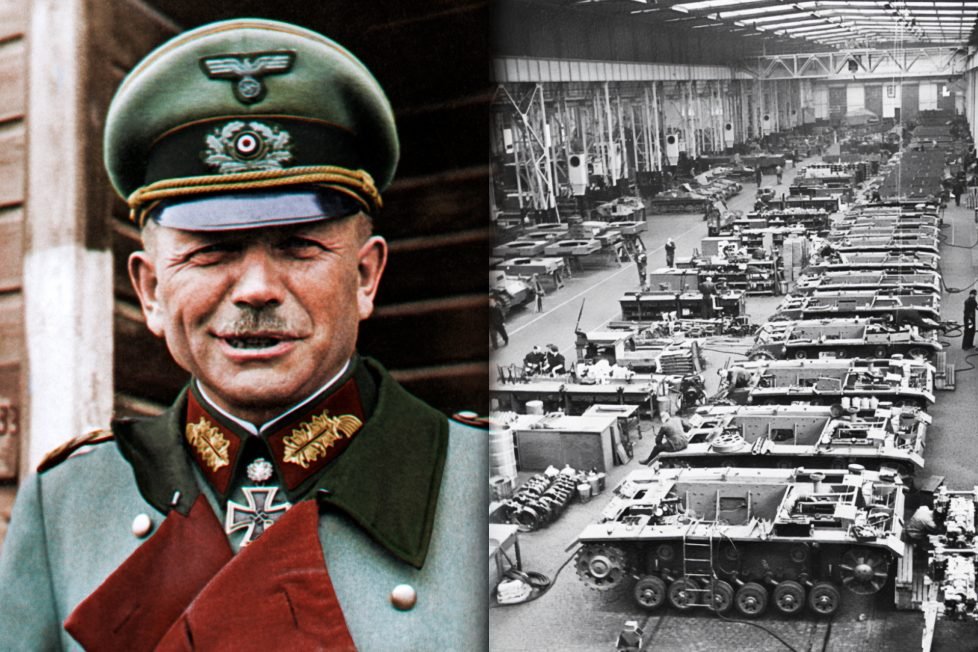
“Lightning war” and how businesses found inspiration in management principles that originated from Blitzkrieg

Table of Contents
ToggleBlitzkrieg (meaning “lightning war”) was a military doctrine employed by the German army in World War II. This doctrine broke with many military strategies that had been used before. Characterized by rapid, overwhelming, and coordinated attacks, its aim was to achieve quick victories while disorienting the enemy. Although originally intended for military use, the organizational principles of Blitzkrieg have found applicability in the private sector.
The German army was a pioneer in implementing this strategic approach. Germany’s swift and remarkable military successes, especially in the early days of World War II, were largely due to the effective application of the Blitzkrieg philosophy, elevating it to a level nearing perfection.
The ever-changing security challenges throughout history have caused military tactics and strategies to evolve over time. Prior to the advent of Blitzkrieg, the military landscape was largely static, best exemplified by the battles of World War I, which are the epitome of static warfare. Generals were “stuck” in a particular mindset that almost never showed any practical advancement. For them, immobility was a comfort zone that afforded leisure time. This inability to find effective solutions and progress beyond their comfort zone, led to millions of soldiers remaining in the trenches, living there for years under the constant threat of artillery barrages. The infantry fought what came to be infamously known as “trench warfare.”
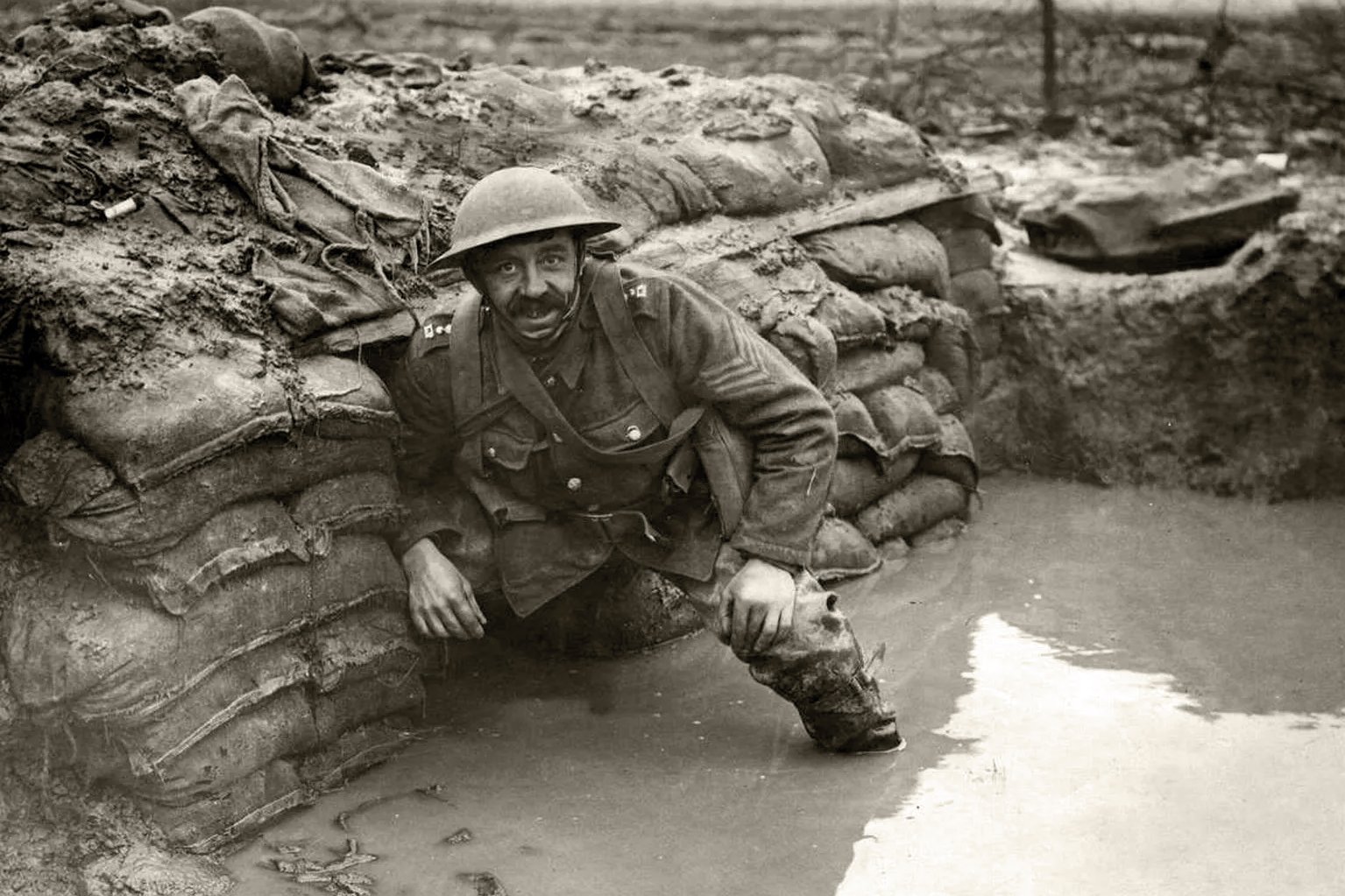
During World War I, the most common tactic was to launch a frontal assault across “no man’s land” in an attempt to seize the enemy’s trench positions. Both sides pursued this objective, and typically, if one side managed to capture its enemy’s trenches, it was only a matter of days before the positions were retaken. This approach led to a staggering number of casualties and offered little room for innovation, despite repeated failures. When success did occur, it was often more a matter of luck than strategy. This lack of innovative thinking and creativity was a common trait among the high-ranking officers and generals on both sides.
Perhaps the most distinctive reason for the numerous strategic failures of World War I was the isolated functioning of the air force, artillery, and infantry. Generally, each branch set different objectives and there was minimal, if any, coordination between them. This lack of integrated cooperation exacerbated inefficiencies. The infantry’s objectives remained largely unchanged throughout the war, without considering alternative methods for achieving them.
In the 1930s, the Great Depression was sweeping across the West, and Germany was no exception. However, when Adolf Hitler became Chancellor in 1933, he took steps to transform the economy. He privatized small businesses and large industrial firms, exerting significant Nazi influence over them. This control allowed him to steer these companies in a direction aligned with his objectives. Additionally, he launched an extensive national propaganda campaign aimed at boosting the productivity and morale of the German people. All these changes were introduced for one primary reason—to prepare for war.
The German economy was retooled towards supplying the necessary instruments for war. Hitler insisted that the military be adequately prepared and at the ready. This economic transformation was especially welcomed by the defense sector, prompting many of the old-fashioned high-ranking officers to leave the army and make way for more innovative leaders. While some were hesitant to leave, they nevertheless agreed to adapt to the new systematic changes.
This modernization of the German army included the development of new tanks, artillery, airplanes, and training programs. The revamped armed forces were disciplined and mobile, moving away from outdated static warfare doctrines. What was the reason? The modern leadership felt compelled to devise new tactics and military approaches and fight a different kind of war—a Blitzkrieg war.
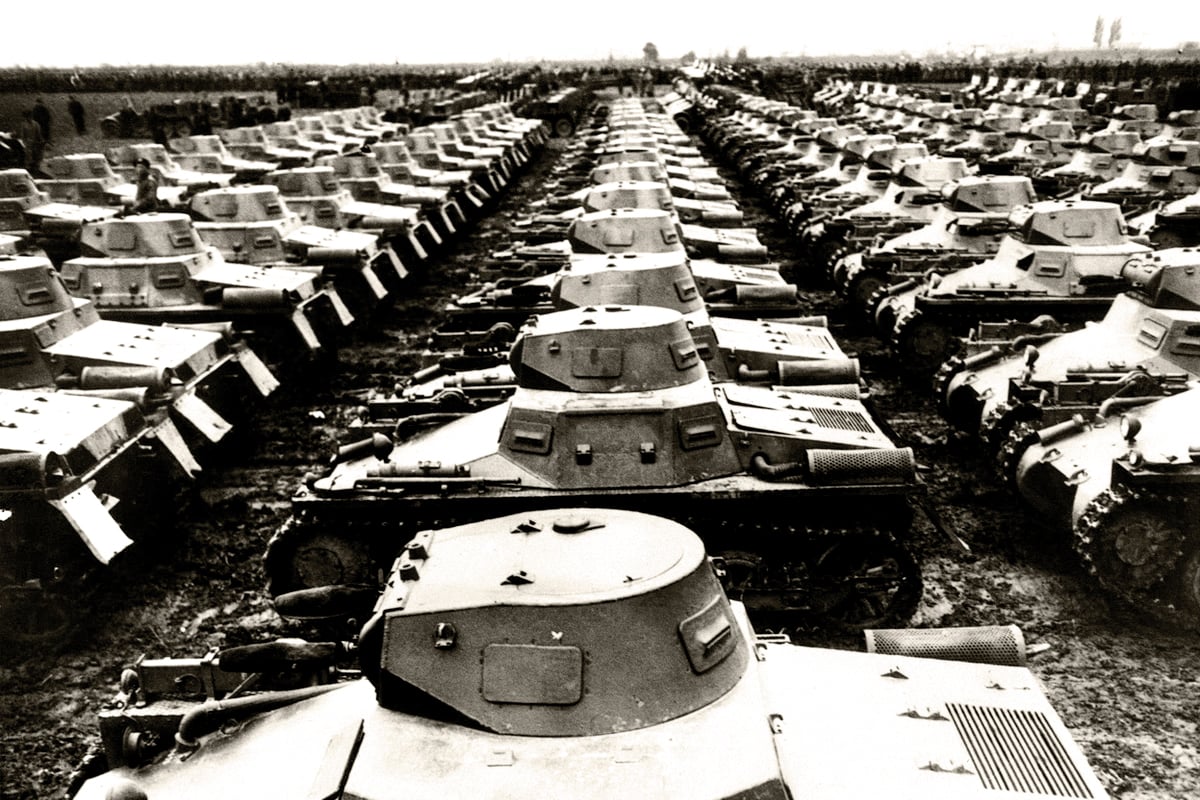
Blitzkrieg was a military doctrine designed to gain a strategic and tactical edge over a numerically superior enemy. To accomplish this, the doctrine employed swift encirclement maneuvers executed by densely concentrated, highly mobile military units. The German army developed this approach in the interwar period, drawing on ideas from various German military theorists who advocated for maneuver warfare, including the famous Carl von Clausewitz.
The introduction of the tank in World War I allowed nations worldwide to gradually enhance their technical and tactical capabilities. By the onset of World War II, tanks and armored vehicles had become fast and highly maneuverable. These advancements offered a multitude of methods and opportunities for new approaches to warfare. They also inspired the minds of leading military planners with innovative ideas to combine tanks and infantry in unified attacking operations.
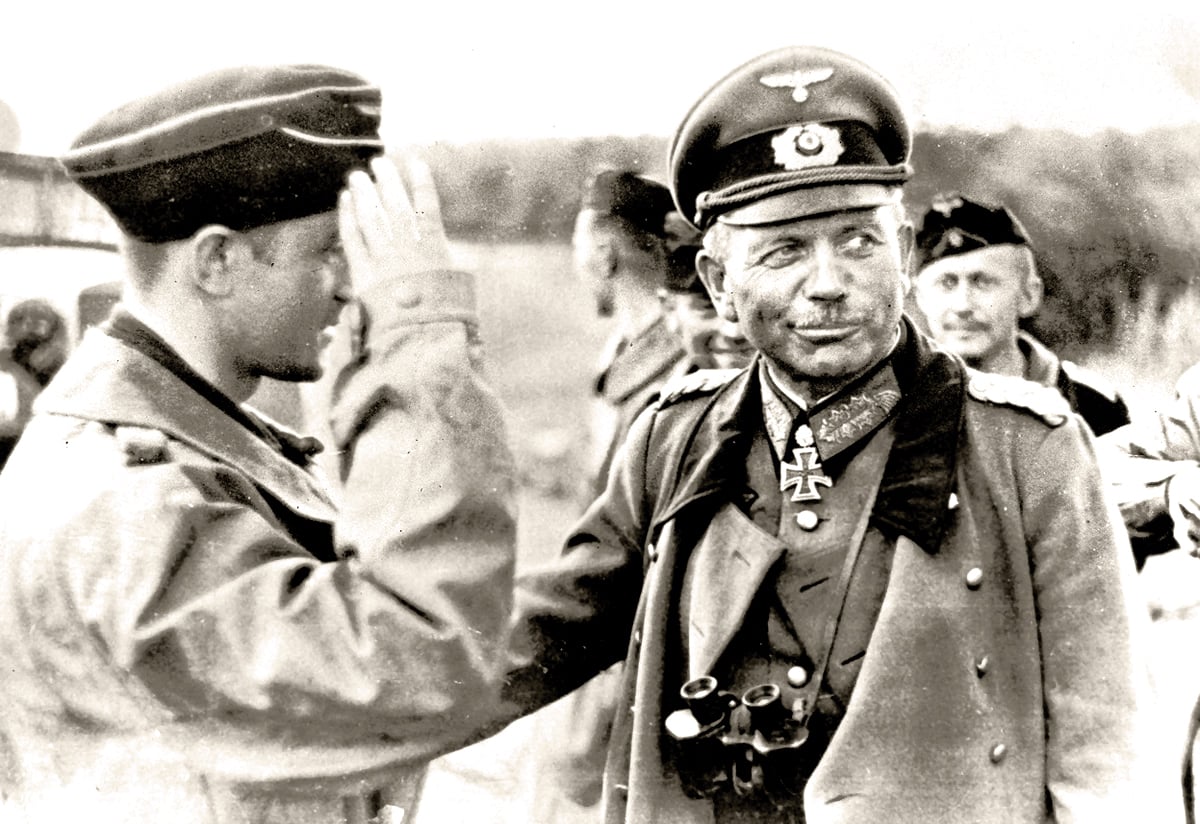
General Heinz Guderian was among the pioneers in combining the use of tanks and infantry for offensive operations. After achieving satisfactory results, he further incorporated artillery and air support to maximize the chances for success. This coordinated deployment of various military units, all focused on the same objective, marked the birth of the Blitzkrieg.
The success of Blitzkrieg depended on each military branch working in unison and performing at its peak. First, tanks spearheaded the attack, quickly followed by armored personnel carriers transporting the mechanized infantry. Throughout the maneuver, the combined ground forces benefited from unparalleled artillery and close air support. All of this was made possible by efficient and effective logistical lines. One of the best examples of Blitzkrieg in action was the German invasion of France in 1940. While the success depended on reliable equipment and robust logistics, the most critical factor was the underlying military philosophy, better known as “Auftragstaktik.”
Within the framework of Blitzkrieg, the German army developed a distinctive basic training program that heavily incorporated the new military philosophy known as “Auftragstaktik.” This approach was so successful that it continues to be employed today under the name of mission command. “Auftragstaktik” operated on a set of principles that emphasized trust and initiative among non-commissioned officers and junior officers. Previously, even minor decisions were made exclusively by senior officers or high-ranking officials. It was also common for senior officers to intervene in tactical-level decision-making, a process that was time-consuming and highly ineffective as orders had to pass through multiple levels of the chain of command. This often led to delays and setbacks on the battlefield.
The application of “Auftragstaktik” functioned in such a way that the relevant higher command would identify a specific objective and establish parameters for its completion. These parameters included guidelines like time deadlines, available resources, and acceptable risks. However, the responsibility for determining the actual methods to achieve the mission fell to non-commissioned officers and junior officers, further down in the chain of command. There was no interference from senior officers in the decision-making process concerning the chosen approach to execute the task.
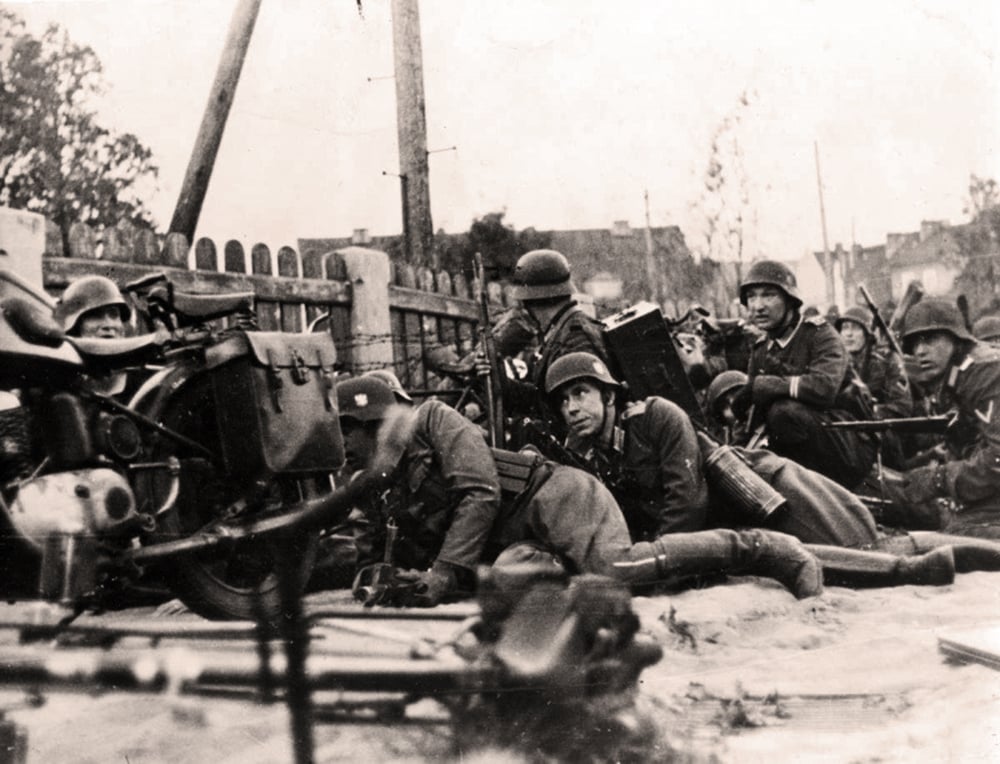
Not only did this philosophy work, but it also yielded better than expected results. These outcomes were the product of increased trust among individual soldiers in the team, as well as increased confidence in the capabilities of their team leader. Soldiers typically felt a stronger connection with non-commissioned officers and junior officers who shared foxholes and fought alongside them at the front, as opposed to headquarters officers who were positioned far behind the front lines. Naturally, they were less receptive to interference or decisions coming from these distant senior officers.
To accomplish specific objectives, reliable equipment was essential, and the tank stood as the most critically important weapon in the Blitzkrieg’s arsenal. During World War II, Germany allocated a significant portion of its resources to the development of high-quality tanks. Panzers Mark I and Mark II were light, fast, and highly mobile, equipped with light machine guns and cannons that offered excellent support to infantry. On the other hand, Panzers Mark III and Mark IV served as the backbone of German armor. These medium tanks spearheaded attacks and were tasked with neutralizing enemy armor and robust fortifications.
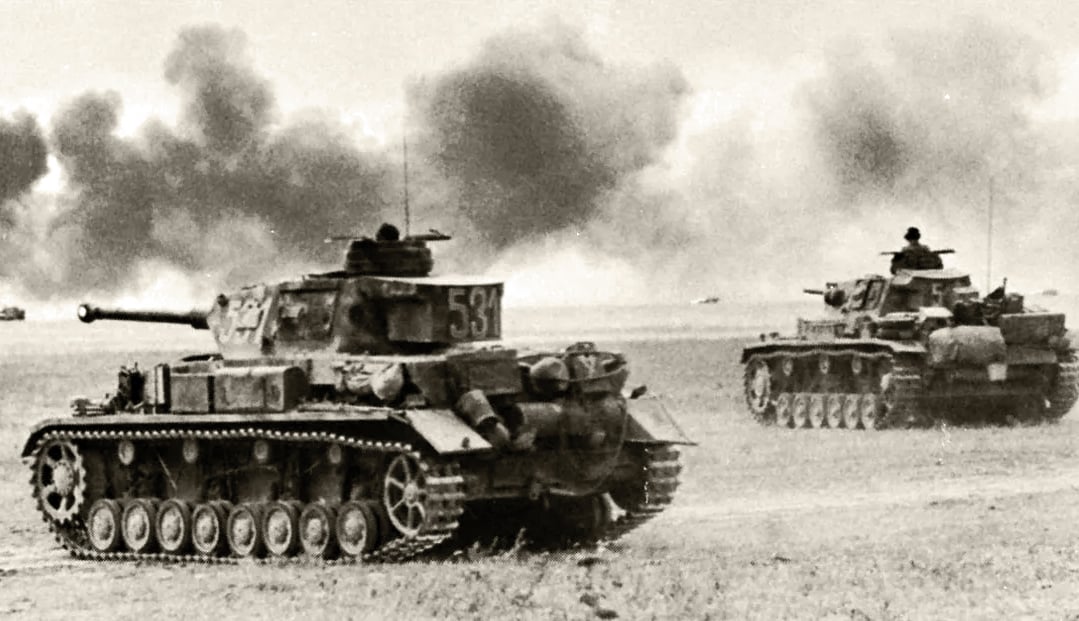
The German air force also played a crucial role in the success of operations. The most renowned close air support aircraft was the Junkers Ju-87 “Stuka,” capable of carrying an impressive payload of bombs. The plane was equipped with Jericho Trumpets that blasted a terrifying scream during its dive-bombing attacks. This unnerving noise added to the psychological impact on enemy forces, further increasing the effectiveness of the Blitzkrieg.
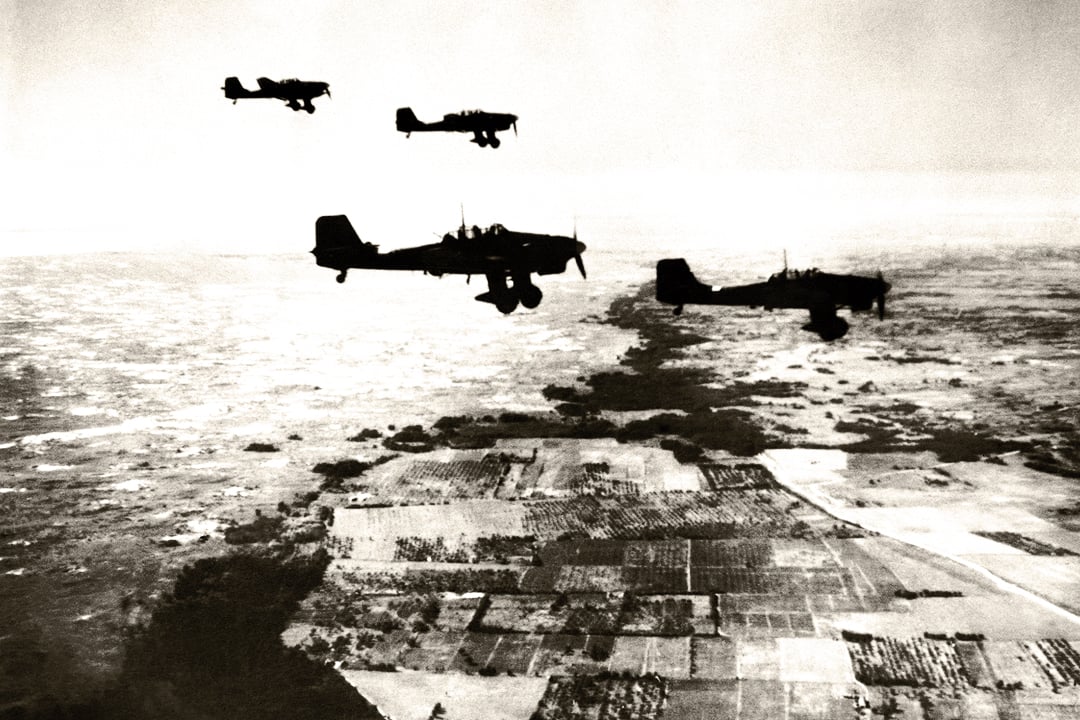
However without seamless logistics, Blitzkrieg would not have been possible. The constant flow of ammunition, spare parts, food, and other essential supplies was crucial. Logistical units also had the responsibility of maintaining stable communications with rear elements, such as artillery support units. While speed was one of Blitzkrieg’s greatest strengths, it occasionally turned into a weakness. The rapid pace of the main breakthrough units involved in the offensive sometimes outstripped the ability to establish well-protected logistical and communication lines.
After World War II, the rebuilding of Western Europe was overseen by the Western Allies. This spurred the Allies’ initiative to involve private sector companies in engaging with locals to reconstruct Europe, particularly Germany. At that time, many German civilians, especially military veterans, were in search of employment. The employees who climbed the ranks most effectively were often those who, either consciously or subconsciously, applied the principles of “Auftragstaktik.” It became evident that this leadership philosophy, better known today as mission command, was also applicable in the private sector. This concept gained rapid recognition in the international business community.
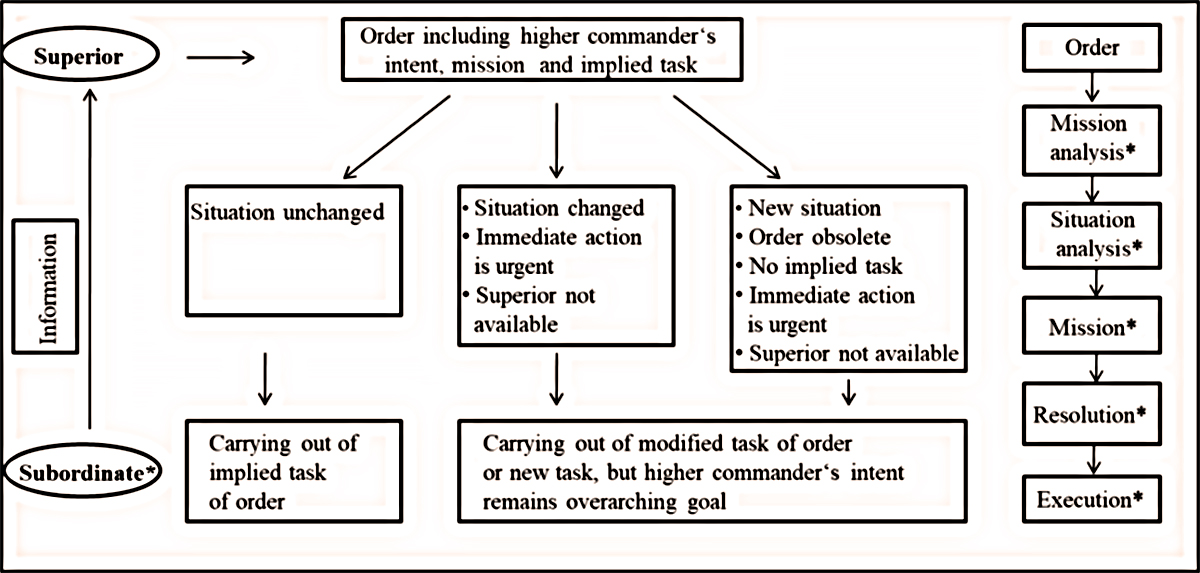
It became clear that the successful achievement of an objective held the same significance in both the military and the business world, the only difference was the means used to reach the goal. Instead of tanks and machine guns, business leaders used a pen and paper. Effective leaders led by example to gain respect, implementing innovative and productive methods of teamwork. They granted creative freedom to their employees and collaborated closely with them. This approach gave rise to successful and efficient businesses. Larger industries adopted these principles and achieved global success. Subsequent statistics revealed that granting decision-making autonomy to sector managers and their subordinates was both more productive and cost-efficient. Interestingly, NATO commanders did not adopt these principles until the 1970s. So, whether it’s leading troops into battle or steering a company to success, the same basic ideas seem to get the job done.
